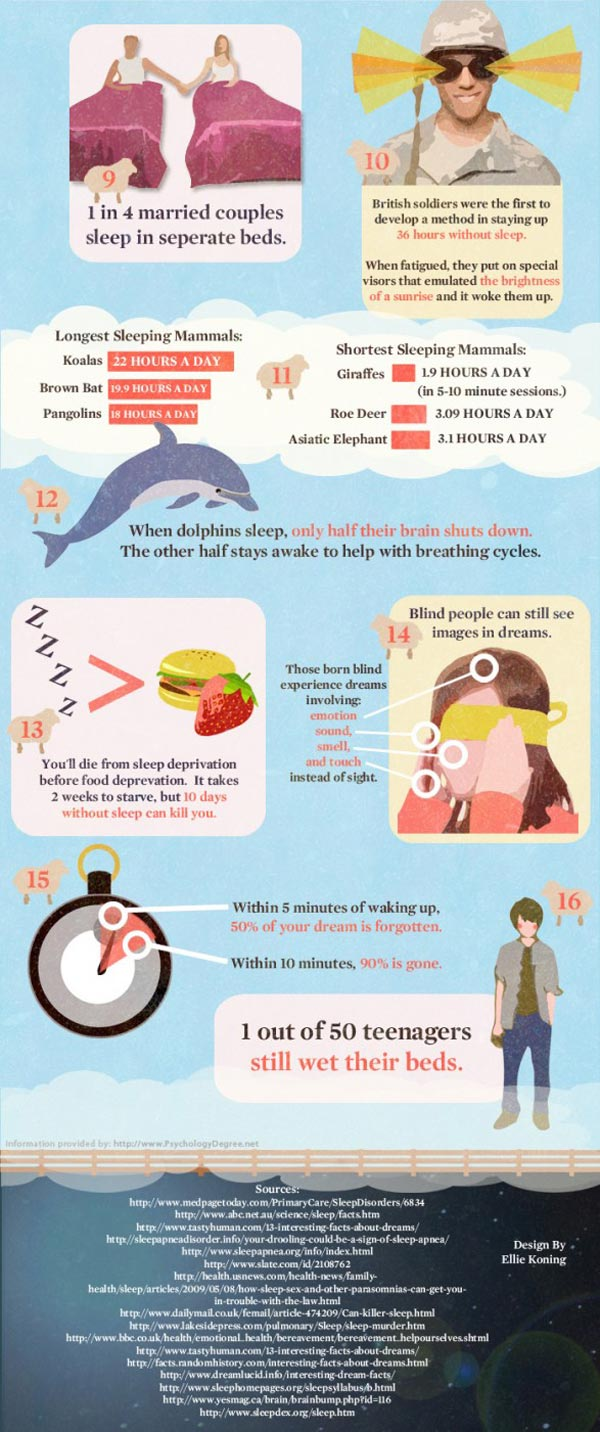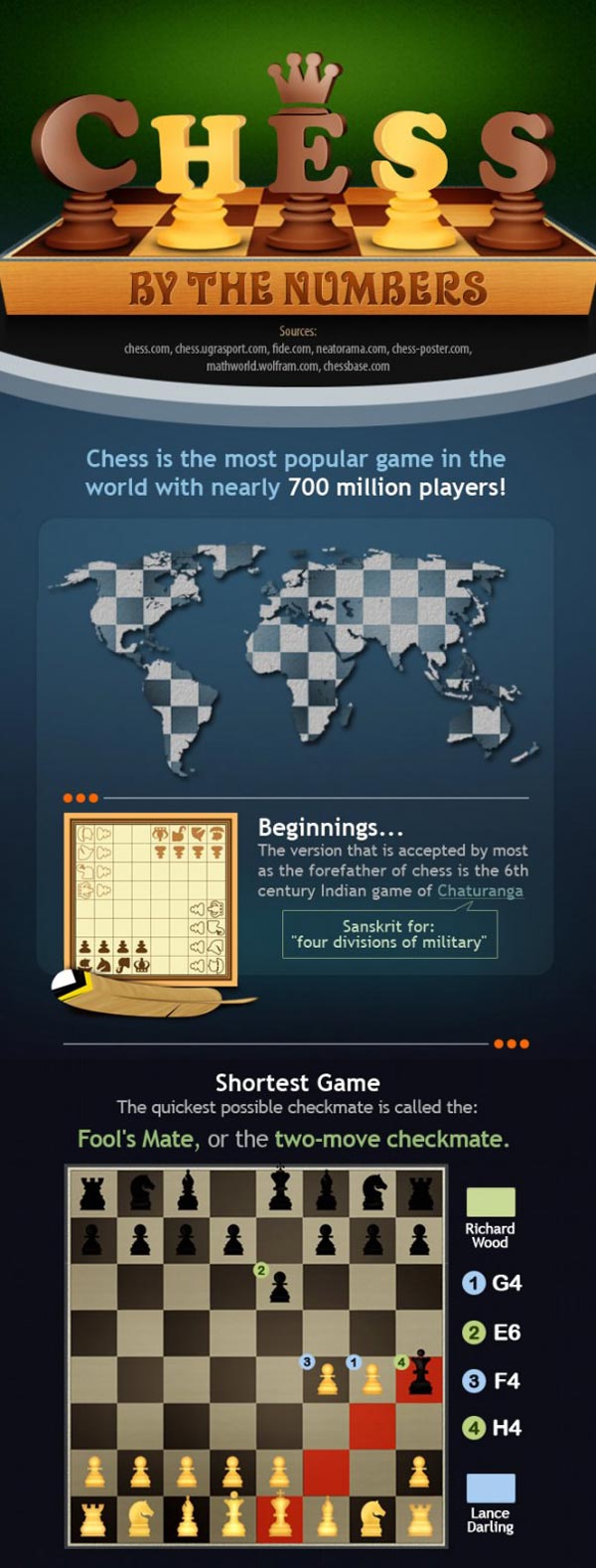Thursday, 31 May 2012
Wednesday, 30 May 2012
World’s Most Expensive Ingredients
 Italian White Alba Truffle
Italian White Alba Truffle
Gotta love the irony that many of us think of pigs as dirty and sloppy yet we count on these fine farm animals to sniff out luxurious truffles. One version of this delicacy, the Italian White Alba truffle, has been auctioned off for upwards of $155,000 for 1.5 kg.
Forget the bling. If you want to live large, dining on delicate fish eggs is how you should roll. One kilo of Almas Beluga Sturgeon caviar is sold in a 24-carat tin for the not-so-paltry sum of $26,000.
Kobe Beef
Why is that Kobe steak you ordered ringing in at up to $200 per kilo? Wagyū cows live a pretty pampered life: they eat the best grass, receive beer showers and get regular massages.
Saffron
Be prepared to break the piggy bank if you’ve got a thing for saffron. It’s the most expensive spice by weight (the sargol version from Iran fetches up to $4,800 for half a kilo).
Matsutake Mushrooms
You won’t find this variety next to the button mushrooms at your grocery store; during peak season, Matsutake mushrooms from Japan can tally in at $1,900 per kilo.
 Blowfish, pufferfish or fugu
Blowfish, pufferfish or fuguThe Times reported in 2004 that the cost of a small fugu meal in Tokyo started at 13,000 Yen (£65), making it one of the most exclusive and expensive fishes eaten.

Bluefin tuna
Nonetheless, bluefin is still eaten, and is highly prized
- particularly in Japan, where it is usually served as sashimi. The BBC
reported in January 2010 that one 232kg bluefin was sold for the
princely sum of $175,000 (£109,000) at Tokyo's Tsukiji Fish Market.
Yubari Melons – $22,872
They had previously been judged the best pair and were purchased by the owner of a nearby seafood lunchbox and souvenir business. It had some competition—100 melons grown by farmers from Yubari were also judged.
In a country where watermelons are rare game, they can be a costly commodity. That’s how a 17-pound Japanese watermelon became the most expensive watermelon in the world. Densuke watermelons, a type of black watermelon grown only on the northern Japanese island of Hokkaido, are usually given as gifts due to their extraordinary rarity. There were only sixty-five of the fruits among the first harvest this season. They are harder and crisper than the watermelons we Americans are used to and, according to Tohma Agricultural Cooperative’s spokesman, they “have a different level of sweetness.”
Edible gold: $90-100/gram
Though gold has no nutritional value, 23k and 24k gold is perfectly edible and add luxurious and beautiful decoration to dishes and drinks. Chefs use gold in desserts, as garnish on wedding cakes, in cocktails and drinks, and on appetizers and entrées. Culinary gold comes in a few forms, including powder, flakes, and sheets, and is a breathtaking garnish.
Kopi Luwak Coffee: $33-$100/cup
The world’s most expensive coffee goes through extremely unique processing… through the digestive tract of the Asian Palm Civet. Civets in Indonesia sniff out the best coffee cherries plucking them from branches with razor claws. The civet then eats the beans, excreting them whole. The beans are then thoroughly washed and lightly roasted. According to legend (and coffee aficionados) this process reduces acidity and bitterness, giving the coffee a wonderfully aromatic, smooth flavor. Producers use a variety of beans, so flavor can differ.
Amazing Stone From Space
In this meteorite appears minerals from gold-transparent crystal called Olivine. This strange meteorite found in 2000 in the Gobi Desert in Xinjiang Province, China.
In 2008, it was auctioned in the auction house Bonham, New York, costing U.S. $ 2million and to date has not been sold.
Tuesday, 29 May 2012
Saturday, 26 May 2012
Friday, 25 May 2012
Guinness World Record:The Largest Swimming Pool
San Alfonso del Mar is a private resort located in Algarrobo, Chile, about 100 km (60 mi) west of the capital Santiago. It is notable for having the Guinness world record for the largest swimming pool in the world. It has been attracting tourists since it opened in December 2006.
San Alfonso's pool is one kilometer, or about 3/5's of a mile long. The pool covers an area of 19 acres that holds 66 million gallons of seawater. The pool, developed by Chilean company Crystal Lagoons, uses water pumped, filtered, and treated from the Pacific Ocean to supply to the pool.
While early estimates put the total cost of construction at about US$ 3.5 million for the pool alone, more recent, and perhaps accurate estimates are in the area of $1.5 to 2 billion USD total for construction and almost $4 million USD in annual maintenance. The pool has been frequently reported as having a depth of 115ft, the actual depth of the pool is 11.5ft (3.5m).
Wednesday, 23 May 2012
Subscribe to:
Comments (Atom)







































